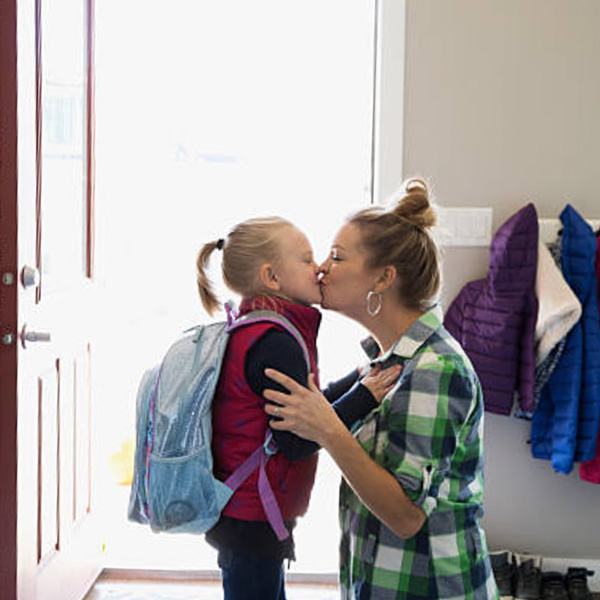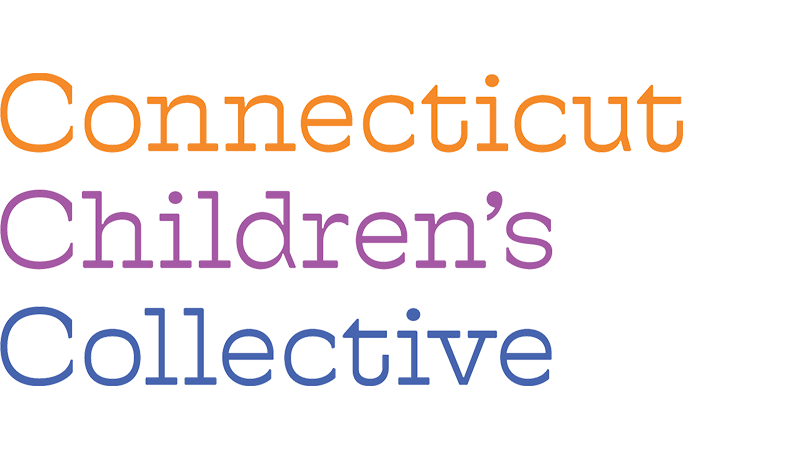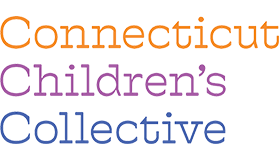The pandemic forced many families to adapt to new work environments and structures, highlighting the flexibility of many workplaces. At the same time, it uprooted an already unstable child care system and disrupted the care many parents rely on no matter where they work from, underscoring the fragility of the system in adapting to change. As we enter the recovery phase, it will be important to understand how work settings are changing and the impact that has on child care demands, especially in the wake of a pandemic that will have a continued impact on the future of work.







